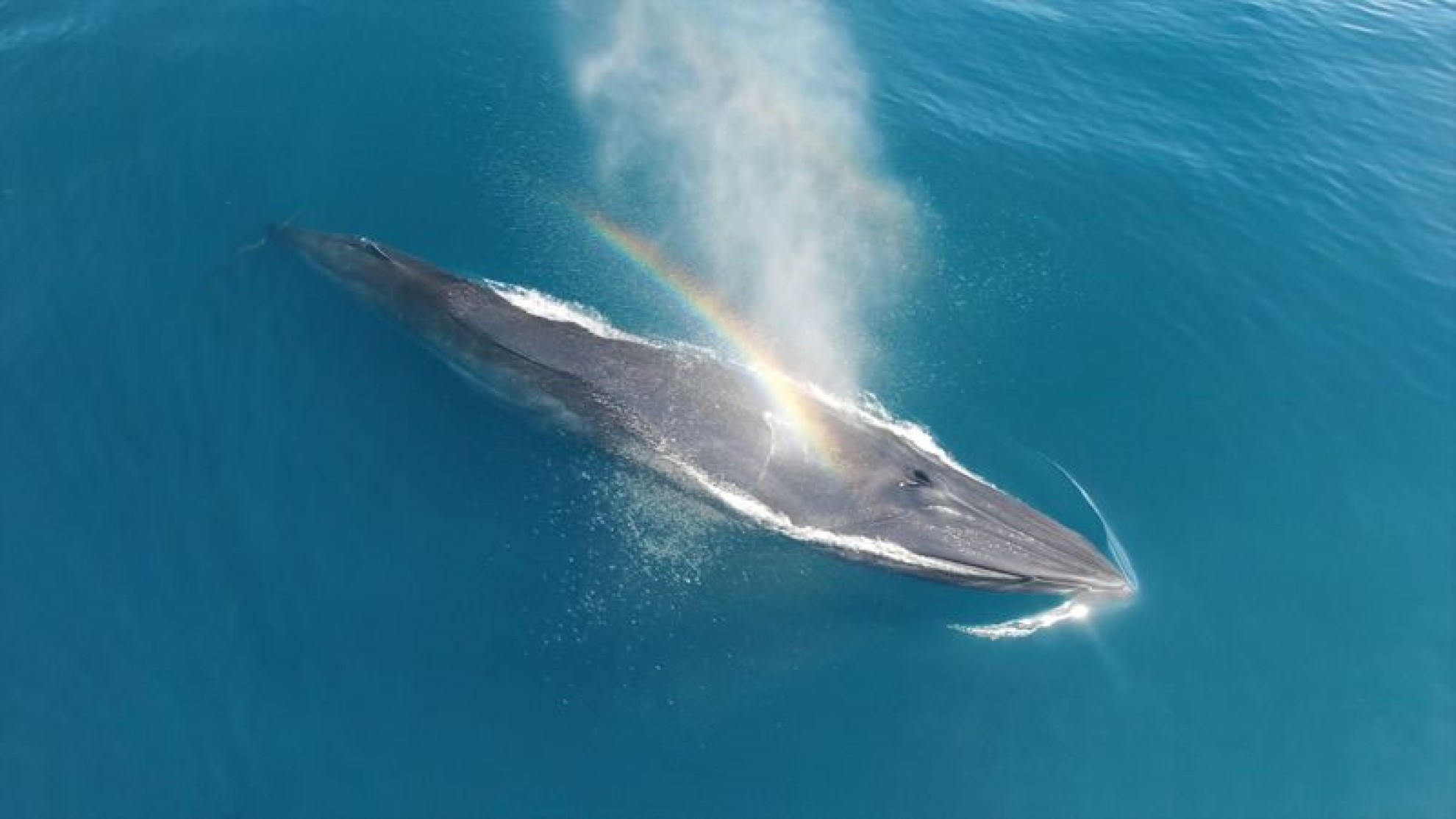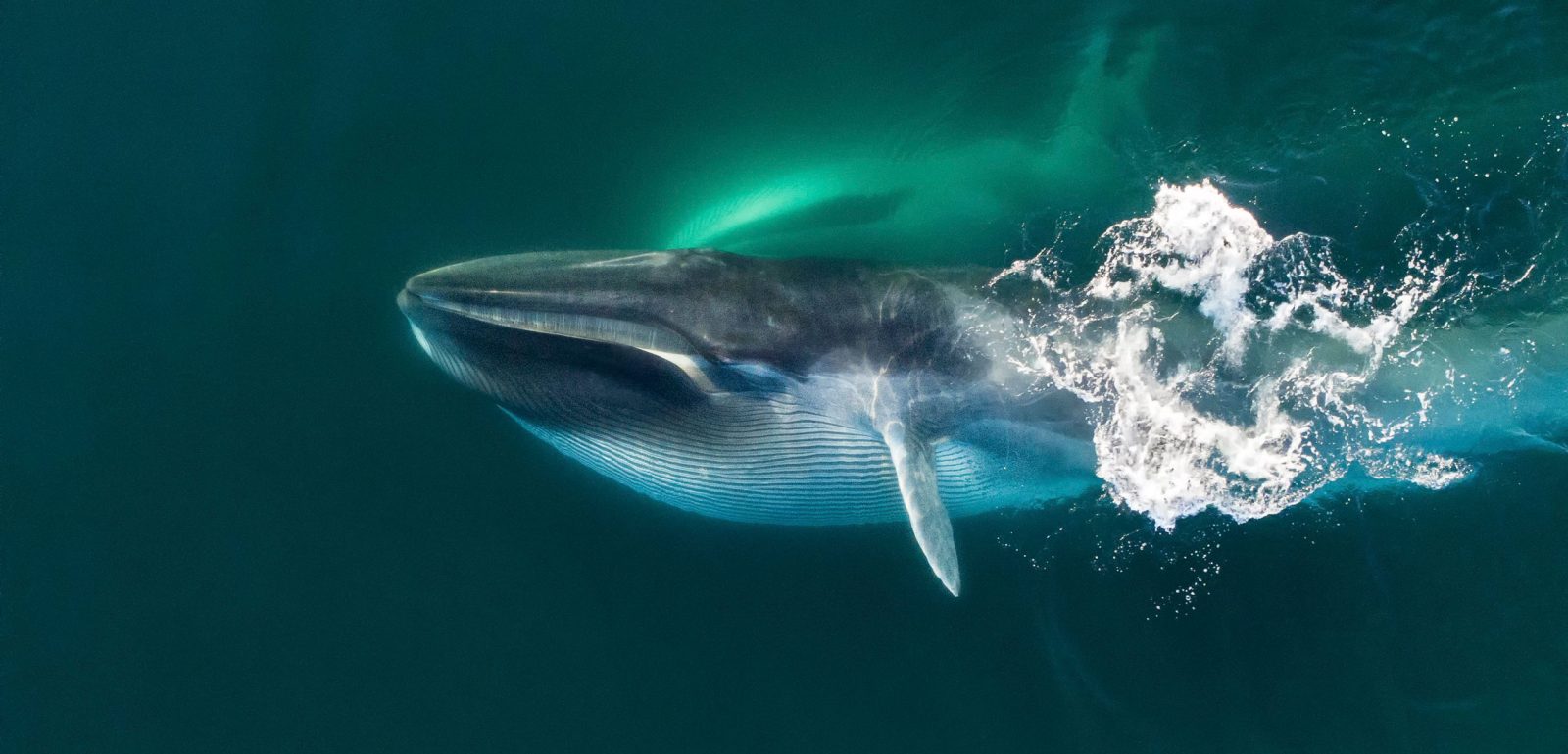Eden whale
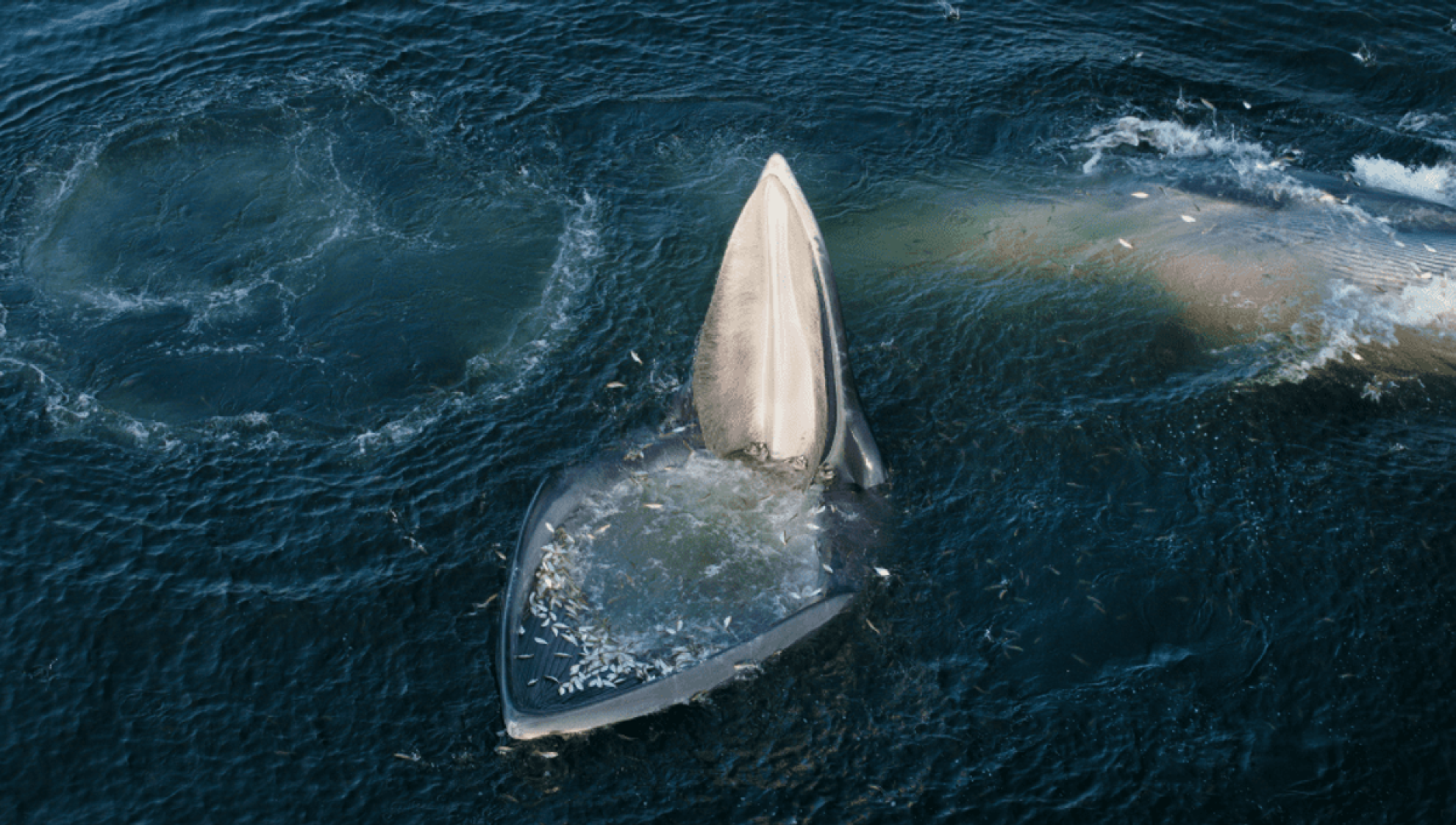
Edens whale
Also known as the Sittang (it has been suggested that this is a smaller form of the Brydes whale). It is restricted to the Indo-pacific.
Although a great deal of scientific debate has been had as to whether this was a separate species or not, when genetic testing came along it became clear that this was indeed a separate species.
I am unable to assertain accurate numbers.
Omeras whale
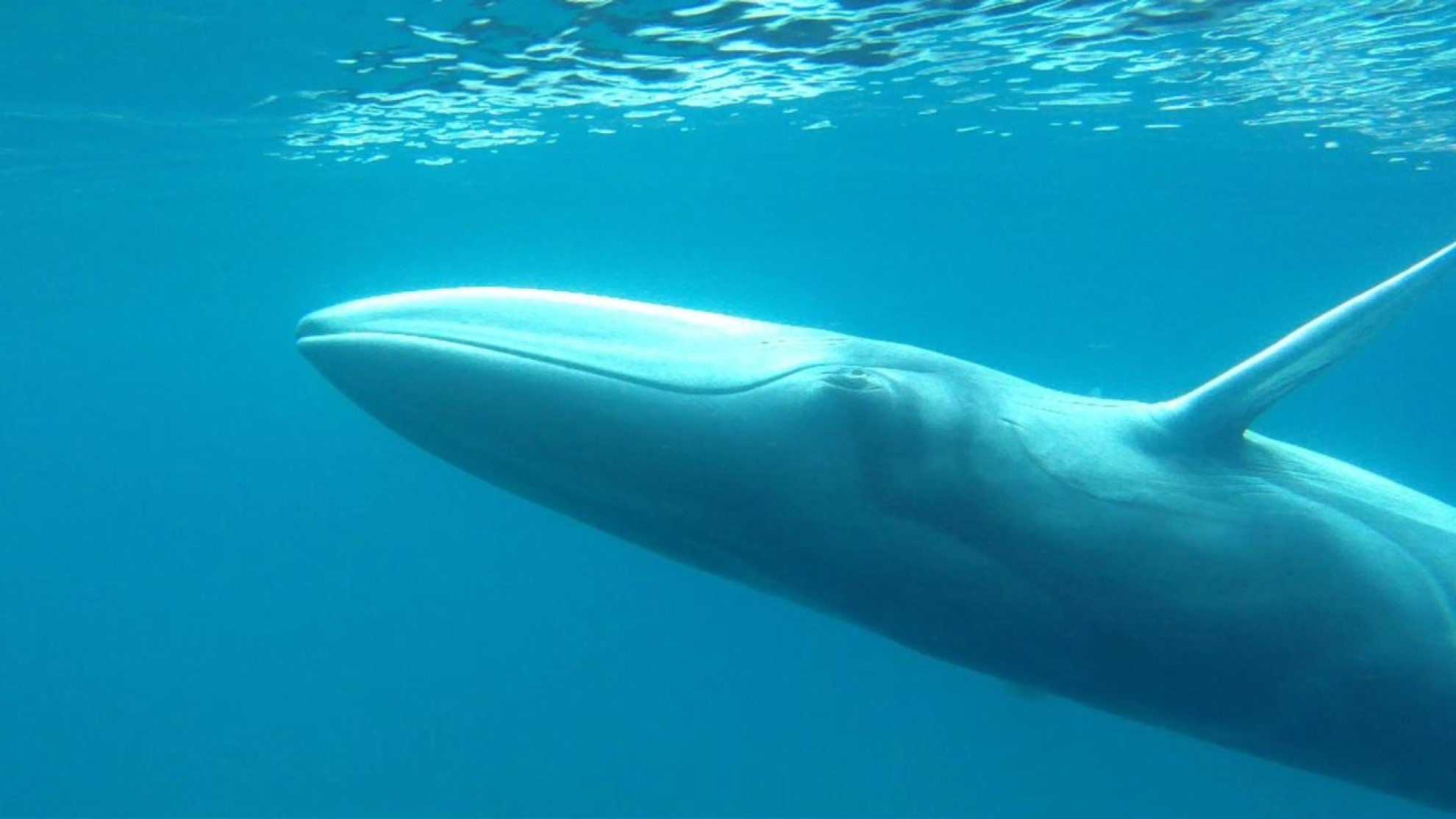
Omura's Whale
Omura’s whale is also known as the dwarf fin whale or little fin whale. Its found in the indo-pacific and Atlantic ocean.
There is little clear information on this species, it is listed on CITES appendix 2.
Rice Whale
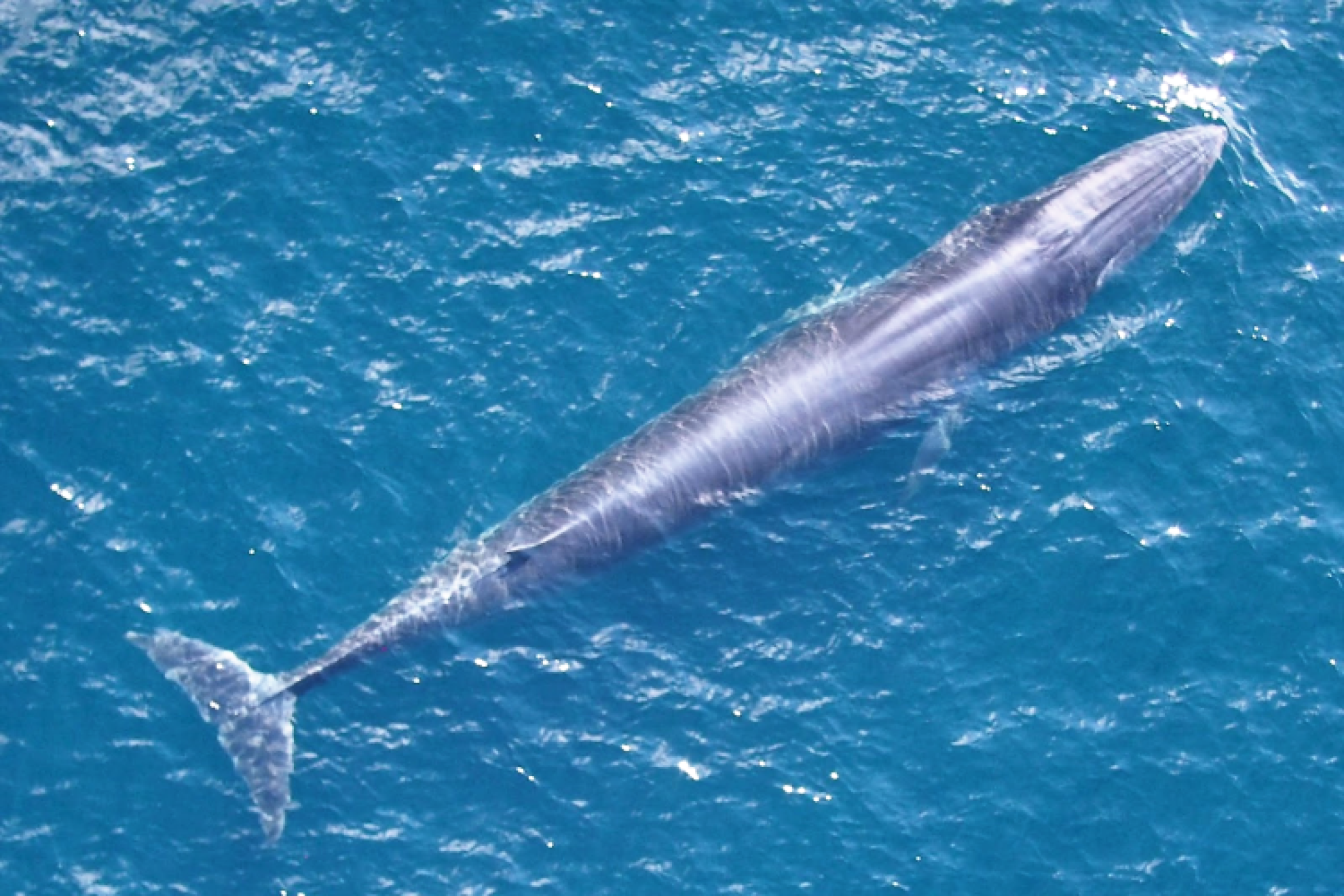
Rice Whale
The Rice whale is also known as the Gulf of Mexico whale, is a relatively newly discovered whale. Until 2021, it was thought that this whale was a subpopulation of the Brydes whale, however it is actually genetically distinct.
Growing up to 12.65m and weighing between 13.8-27.2 metric tonnes, it is found in the north-east of the gulf of Mexico. unfortunately it is on the brink of extinction. The deep-water horizon oil spill killed around 20% of the whales of this species.
While it has not been observed, the killer whale actively hunts in the area, and has regularly killed sperm whales. Brydes whales have also been targeted, so it seems impossible that rice whales are not targeted.
Around 100 of these whales exist, which is very close to extinction.
Whales are at 95% lower population than historical. This means they no longer fertilize the oceans
- Tim
- March 23, 2022
Whaling caused all sorts of issues. Many whale populations were decimated, and while some have recovered to some degree, few are anywhere near their population before humans started hunting them....
Blue whales are returning to Spain’s Atlantic coast after a 40 year absence. What now
- Tim
- November 21, 2021
The first blue whale sighted in decades from this part of the world, was spotted off Spain's coast in 2017, a different individual appeared in 2018 and a third in...
Electric cars roundup: recent news
- Tim
- February 23, 2024
For a variety of reasons, over the last few months, I have not written as often as I would like. As such, I have accumulated quite a few articles that...
Sei Whale
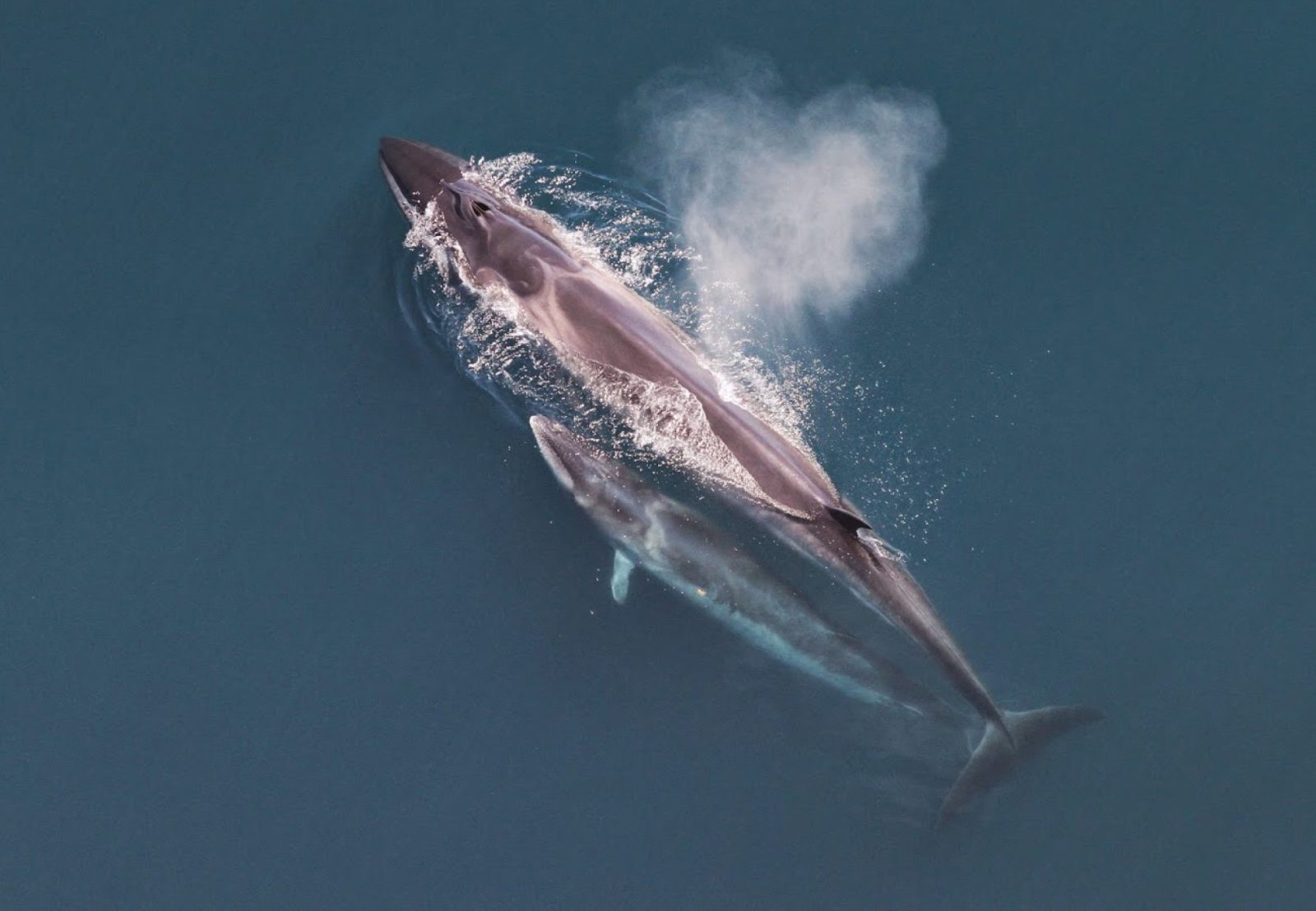
Sei Whale
The third largest after the blue and the fin whale, it is found in most of the worlds deep oceans, though it avoids the tropics and the polar regions. It can reach lengths of 19.5m and weights of 28 tonnes, it is capable of consuming 900kg of food in a day.
It can reach speeds of over 30 mph (50kmh) over short distances making it one of the fastest whales. During commercial whaling, around 250,000 were taken, and the population fell to between 7000 and 13,000. This has thankfully recovered to 80,000 but is clearly still not near its pre-whaling numbers.
Sei is the Norweigen word for the Pollark fish which appears off the coast at the same time of year, to feast on the plankton which is abundant at that time of year.
They generally migrate away from the poles to spend the winters in warmer waters.
Mass stranding events (over 300 dying at a time on occasion) happen from time to time, and while we are not sure what causes this, we think it is likely some sort of poisoning of their waters – such as a red tide.
Shell has started to use seismic tests around South Africa looking for Oil
- Tim
- December 8, 2021
Despite a desperate attempt to halt this exploration, Shell has started seismic exploration of the ocean floor off the coast of South Africa. Why does this matter? Currently, this sea...
Pygmy Sperm Whale
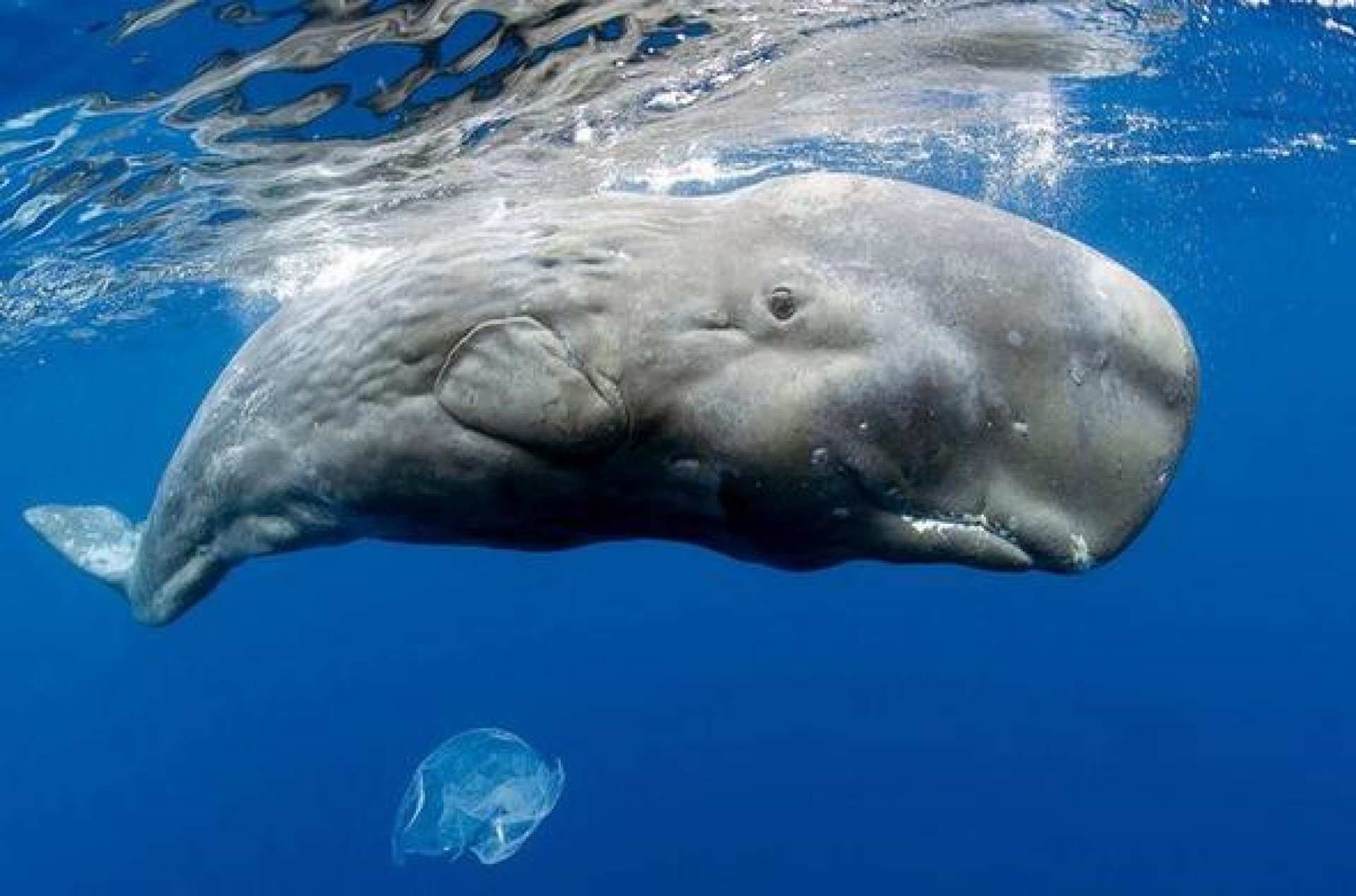
The Pygmy sperm whale is one of just two species from the Superfamily Kogiidae, the other one being the Sperm whale. They are seen very rarely, with the majority of the knowledge about them, coming from carcasses that wash up on the beach. It was first described in 1834 based on a skull that washed up on the coast of france in 1784 (50 years earlier). While originally placed in the same genus as the sperm whale, it was moved to its own genus Kogia, as it is actually a species which is half way between the dolphins and the sperm whale.
They grow to around 3.5m, which is smaller than many dolphin species.
It has a far smaller brain than the sperm whale (even by comparison size) which my explain why it has such a lot more simple social life.
Pygmy sperm whales are found throughout the tropical and temperate waters of the Atlantic, Pacific, and Indian Oceans, though there are also seen regularly off Russia. Fossils in Japan, Italy South Africa have been found, suggesting that they were more widely spread. The problem is, that seen rarely at sea, and with most of what we know about coming from carcasses, we have little idea if dead and dying animals behave differently to healthy ones.
Seen rarely, I have been unable to find out how long they can hold their breath, though as the sperm whale can hold its breath for 90 minutes, so its likely that the pygmy sperm whale is also an impressive breath holder – this would explain why they are seen so rarely.
Humpback whale
Humpback whale
The humpback whale is a widely recognized species. Weighing around 40 tonnes, and measuring 14-17m. It is known for its habit of breaching (as above) which can be heard from miles away, and its incredibly complex song, which can last between 4 minutes and 33.
Their low sounds can be heard by whales 1000 miles away, and have been picked up by electronic sources far further away than that.
Whaling did horrific damage to this species, with their population falling to just 5000 in the 1960s. Thankfully, having been protected, the population is now around 135,000. Subspecies are more varied, with those in the northern hemisphere less secure. The least secure is the Arabian sea population, which is thought to be isolated for 70,000 years and there are only 80 that remain.
Threats to individual whales include entanglement in fishing gear, ocean noise and collisions with ships.
They are known to have hunting methods more complex than most baleen whales, including bubble netting which forces the fish into tighter shoals to then be taken in one mouthful.
Young are predated by orca in some parts of the world, and many carry scars from these encounters to the end of their lives.
Fin Whale
Fin Whale
The fin whale which is also known as finback whale or common rorqual and formerly known as herring whale or razorback whale, is the second longest species of whale, with the largest species growing to a reported 27m, and weighing a maximum recorded weight of 74 tonnes, and a maximum estimated weight of 114 tonnes.
It is a fast swimmer, able to outpace the fastest steamships.
There are 2 recognized subspecies, in the northern and southern hemisphere. Around 725,000 southern fin whales were taken during whaling, and there are around 38,000 that roam the oceans as of 1997. Across the world around 112,000 roam the oceans.
Although the genetic differences between the fin whale and the blue whale are considered similar to that of humans and gorillas (they are thought to have been split for 3.5 million years) and hybrids have been recorded from time to time.
Average dives are around 6 minutes, with the longest dives recorded being around 17 minutes.
Found around the world, though not found close to the polar ice caps at either end of the globe. They appear to be clearly migratory, but it has not been possible to fully work out what this migration pattern might be.
New DNA tests have found that blue whales have been mating with fin whales
- Tim
- February 9, 2024
It appears that blue whales have been mating with fin whales far more frequently than previously thought. One of the things that is both exciting and alarming, is that it...
Gathering of 1000 fin whales seen off the Antarctic peninsular
- Tim
- January 19, 2022
Fin whales were driven near to extinction in these waters a century ago, yet they have returned. A huge gathering of 1000 whales is not a regular site.
We found...
The end of Whaling in Iceland, end of an era, or sensible financial move
- Tim
- December 23, 2023
Whaling went on for centuries, in many parts of the world. One of these was Iceland, where due to the latitude, it is often hard to grow much food. Iceland...
North Atlantic right whale population appears to be stabilizing!
- Tim
- December 19, 2023
The population of the north Atlantic right whales appears to have stabilized at around 350, having fallen from a peak of 483 in just 2010. In 2022 there were 356,...
Orca have been documented killing and eating blue whales
- Tim
- February 28, 2022
Orca are generally regarded as the apex predator in the sea. There are obviously others that are good contenders, such as the great white shark - but when orca are...
Previously unknown group of blue whales found
- Tim
- March 21, 2021
Given how large they are, you would have thought that we would know about all populations of the blue whale, but it would appear not.
A new population has been...
News in Brief – Beluga whale spotted in the Thames, Japanese knotweed invasion and Praying Mantises
- Tim
- October 4, 2018
Beluga whale spotted in the Thames
A Beluga whale, a species usually found in the arctic region, has been spotted in the Thames estuary a few miles from London. As...Iceland to end commercial whaling in 2024 as demand for the meat has disappeared
- Tim
- May 31, 2022
For most of us, whaling is distasteful. What has become clear is that whales are essentially swimming trees in terms of their positive impact on carbon emissions.
It is therefore...
Animals moving away from extinction
- Tim
- February 7, 2019
The mountain gorilla and the fin whale have been reassessed and their conservation status had been found to not accurately show their position.
In the case of mountain gorillas, this...
Environmental and political stories from the US in recent times
- Tim
- March 9, 2024
On this post, I will list a group of articles on North American politics and stories. It is unfortunately a fact, that, no matter what your position is on American...
Electric cars roundup: recent news
- Tim
- February 23, 2024
For a variety of reasons, over the last few months, I have not written as often as I would like. As such, I have accumulated quite a few articles that...
Another report stresses the importance of rewilding for climate change, and reintroductions
- Tim
- April 21, 2023
A report has calculated that the reintroduction of 9 species would do so much benefit to the ecosystems that they are found in, that these reintroductions would help us to...
Blue Whale
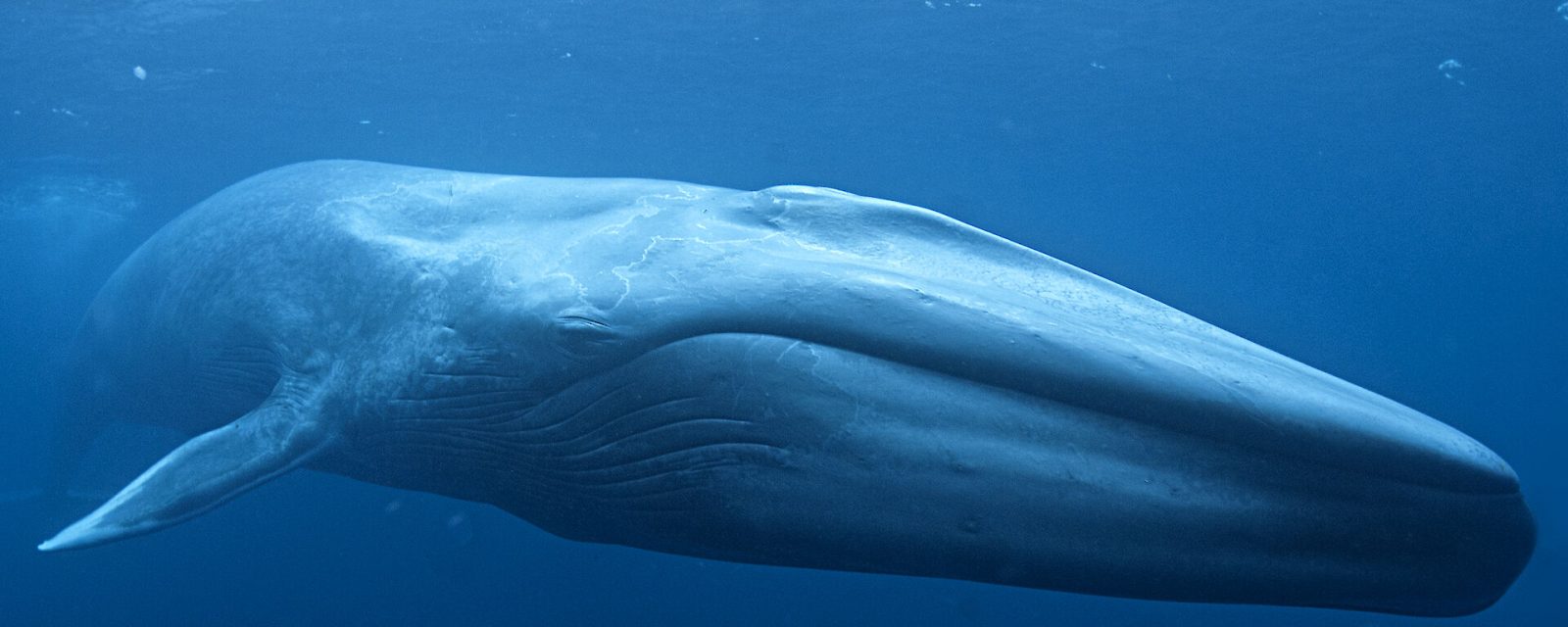
Blue whale
Abundant in almost all of the worlds oceans until the 19th century, they were hunted close to extinction. In 1966 hunting of them were banned.
There are places around the world, where these animals can be watched, we hope to link to many of these below.
At their peak, before whaling, it was thought that their was around 350,000 in the world. Now there is between 10,000 and 25,000 around the world.
It is certainly not the time to allow them to be hunted again, far from it.
One recent suggestion, is that whales sink huge quantities of carbon down into the ocean, and that our current problems with global warming might have been tiny if we had not killed the vast majority of most species of Baleen whales.
Below is a small outtake from blue planet, the bbc series from 2001 which features a blue whale in the vastness of the ocean
I have included a second video clip, as this one give you an idea of the size and shape of a blue whale, in a way that little footage does.
Below this is any articles that have been written about blue whales on this website, and below that, we will add any links that might help you see blue whales in the wild.
New DNA tests have found that blue whales have been mating with fin whales
- Tim
- February 9, 2024
It appears that blue whales have been mating with fin whales far more frequently than previously thought. One of the things that is both exciting and alarming, is that it...
Orca have been documented killing and eating blue whales
- Tim
- February 28, 2022
Orca are generally regarded as the apex predator in the sea. There are obviously others that are good contenders, such as the great white shark - but when orca are...
Blue whales are returning to Spain’s Atlantic coast after a 40 year absence. What now
- Tim
- November 21, 2021
The first blue whale sighted in decades from this part of the world, was spotted off Spain's coast in 2017, a different individual appeared in 2018 and a third in...
Previously unknown group of blue whales found
- Tim
- March 21, 2021
Given how large they are, you would have thought that we would know about all populations of the blue whale, but it would appear not.
A new population has been...
Southern (Antarctic) Minke whale
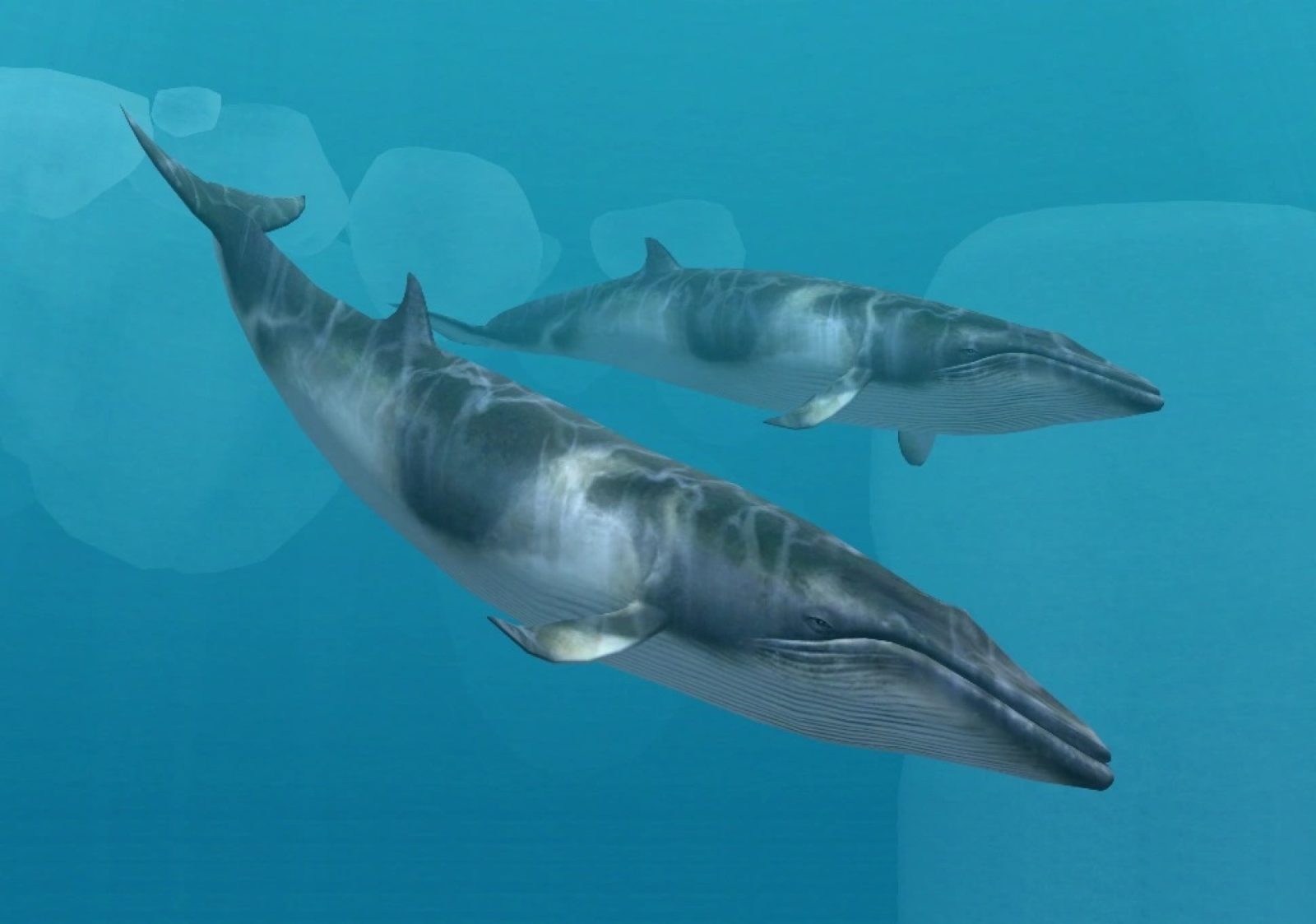
Antarctic (Southern) Minke whale
Bizarrely, having been described in the 1850s it was not recognized as a separate species until the 1990s. Thankfully, largely ignored by whalers, it came out of the whaling age with a population that still numbered in the hundreds of thousands – with current estimates falling around half a million individuals.
The Antarctic and the Southern Minke whales are thought to have diverged around 4.7 million years ago. They are found throughout much of the Southern hemisphere.
They are the main prey item for type A killer whales, with multiple occasions this hunt having been watched. There has been a recorded occasion when a group of 10 type B killer whales also killed one of these whales.

